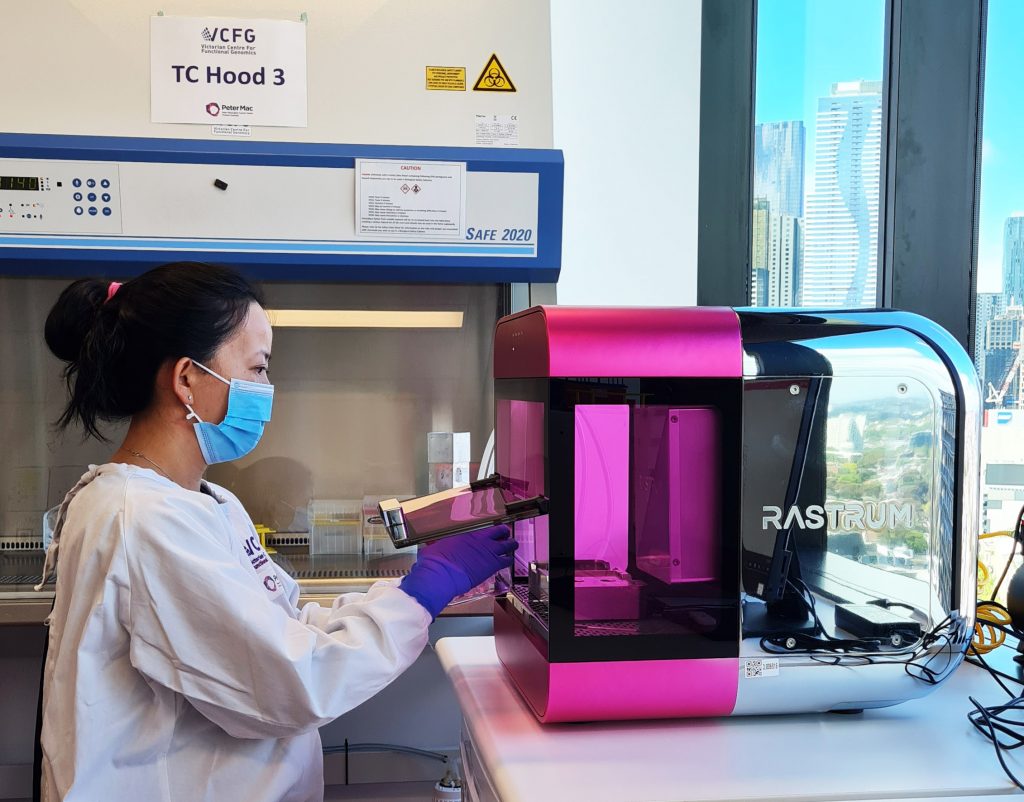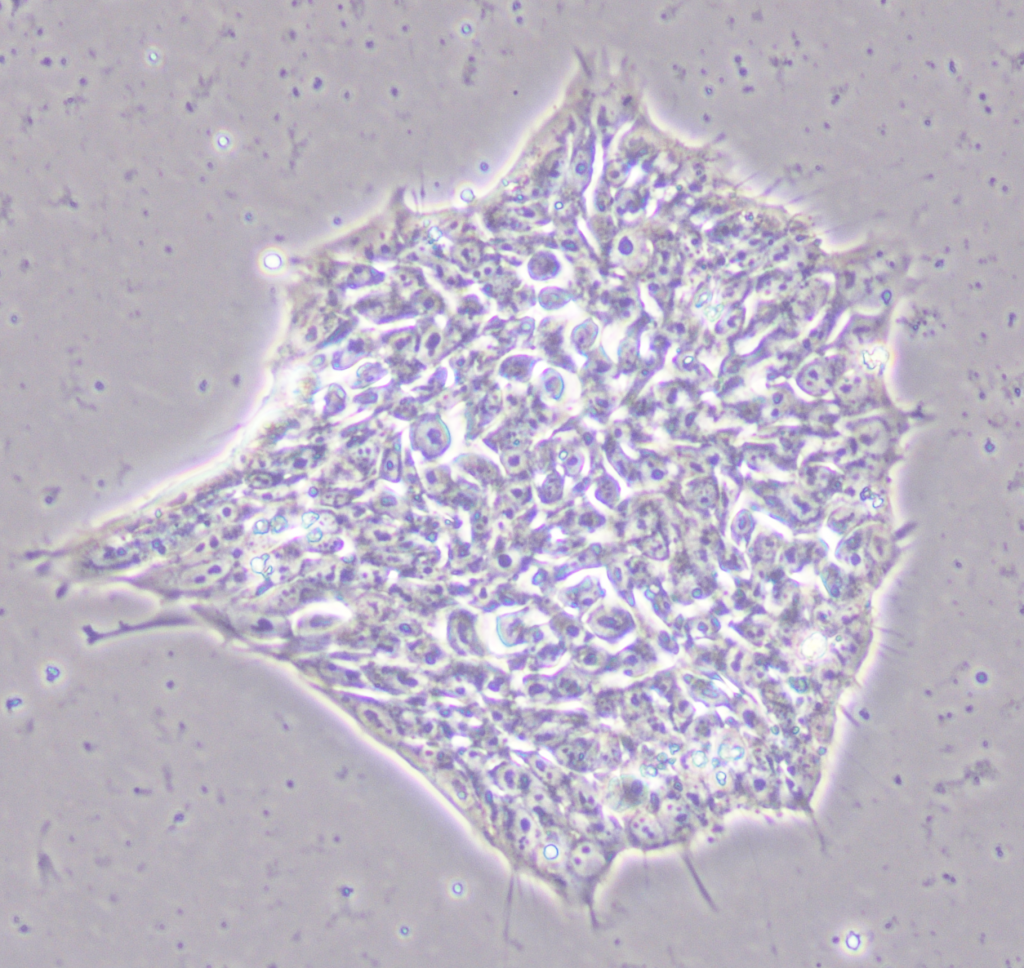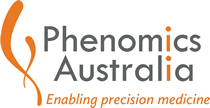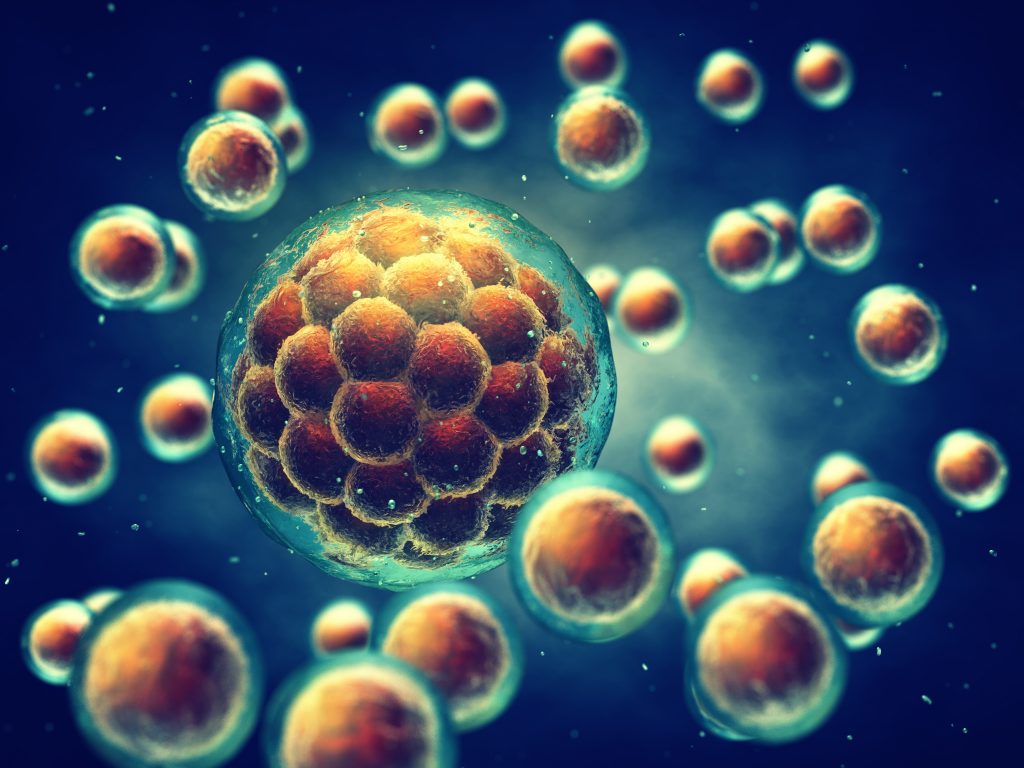Phenomics Australia Research Highlight
Phenomics Australia provides important non-animal disease modelling technologies for health research in Australia, and we will be investing over $2m to 2023 to expand our modelling services using CRISPR engineered cell lines, iPS cells, tissue cultures, organoids, as well as 3D bioprinting and “on-a-chip” systems.
Phenomics Australia provides ex vivo and in vitro models to support pre-clinical and clinical research in Australia.
Phenomics Australia provides an extensive and expanding portfolio of disease modelling, screening, and biobanking services and technical expertise, including experimental design, data analysis, and curation, through a national alliance of partner institutions, for discovery and a new understanding of health and disease, leading to improved clinical practice and to advance predictive biology.
Like our established in vivo capabilities, in vitro genome engineering and disease modelling involves the generation of tailored models which can possess targeted mutations of interest and which can replicate clinical findings.
Non-animal technologies have been identified as one of a series of emerging technologies with the potential to drive future economic growth.
Access to a world-class portfolio of model systems critically enables the discovery of gene function, therapeutic targets, and disease mechanisms, and the development of new diagnostic assays and new therapies.
Phenomics Australia deployed the world’s first Rastrum 3D bioprinter, ANSTO Eureka winner for Innovative Use of Technology.
3D cell culture and organoid models are critical platforms towards a better molecular understanding of disease progression, and the development of Precision Medicine.
Through Phenomics Australia, the National Collaborative Research Infrastructure Strategy (NCRIS) enabled in December 2018 the world’s first installation of the RASTRUM 3D bioprinter system, made by Australian company Inventia Life Sciences, and recent winner of the 2021 ANSTO Eureka Prize for Innovative Use of Technology.

The Victorian Centre for Functional Genomics (VCFG), Phenomics Australia node, situated at Peter Mac was the first laboratory to install the RASTRUM system, a technology that promises to dramatically expand capacity for crucial cancer research and drug development. Such capabilities not only allow identification of genes not previously associated with specific diseases, but also the discovery of appropriate drug treatments personalised to specific patients providing significant impacts for more effective healthcare.
‘The advances in automation technology can make a huge difference to cancer research allowing us to create 3D microenvironments that can more closely replicate the disease state.” Associate Professor Kaylene Simpson, Head of the VCFG at Peter Mac says.’
Phenomics Australia CRISPR in cells service.
Also among our current expertise, the Monash Genome Modification Platform (MGMP), that has been successfully generating animal models of disease for researchers across Australia for several years, supporting valuable research of health and disease, has a stablished CRISPR in cells service offering genome modification in a variety of cell lines using CRISPR gene editing.
Supporting and expanding the options to conduct research in cells is of crucial importance to the scientific community and the ability to model disease in human cell lines also enables uniquely human elements and responses to be studied and tested.

Phenomics Australia genome engineering service using CRISPR in cells is able to produce bespoke cellular models of disease by generating targeted mutations of interest that can replicate clinical findings. These models serve as a crucial tool to study rare diseases and enable new clinical understanding and treatments.
‘CRISPR allows us to generate new cellular models of human disease in a fraction of the time and cost of prior methods. Cellular models created with CRISPR have been particularly useful to define the function of new disease-associated genetic variants. CRIPSR also enables rapid generation of biosensors to study disease mechanisms and facilitate screens for new targeted therapies.” Ms Peta Burns, Senior Operations Officer of the MGMP at Monash University says.’
Phenomics Australia is expanding the ex-vivo and in vitro technologies services for the purposes of discovering gene function, modelling disease, and therapeutic development.
Phenomics Australia provides important non-animal disease modelling technologies for health research in Australia. It is recognised that alternatives to animal models are becoming more prominent, but also that it is unlikely that live models can be fully replaced for some time. Through community consultations and surveys, we identified a developing need in Australia for an expanded and integrated range of in vitro systems for the purposes of discovering gene function, modelling disease, and therapeutic development.

We will be investing over $2m to 2023 to expand our modelling services using CRISPR engineered cell lines, iPS cells, tissue cultures, organoids, as well as 3D bioprinting and “on-a-chip” systems to provide valuable, long-term, and sustainable in vitro modelling services to the research community and to ultimately offer better-targeted treatments to patients.
Know more:
Phenomics Australia is a founding NCRIS infrastructure provider enabling high-impact healthcare outcomes in precision medicine, through openly accessible, versatile, and sustainable phenomics infrastructure.
RASTRUM 3D
The RASTRUM 3D cellular bioprinter embeds cells and 3D cellular structures in a customised hydrogel that is suitable for high-throughput screening within the Victorian Centre of Functional Genomics at Peter Mac. Rastrum was purchased using funds from Phenomics Australia and the Peter Mac. The VCFG also enables 3D culture and screening using Matrigel™, delivered by existing robotics platforms also co-funded by Phenomics Australia. These platforms allow researchers to study cell lines and patient derived materials, through growth characterisation, drug screening or therapeutic drug synergy/interaction studies via quantitative imaging and in-house customised analysis pipelines.
Contact Kaylene Simpson at Kaylene.Simpson@petermac.org
or contact@australianphenomics.org.au for more information.
CRISPR in cells
CRISPR, short for clustered regularly interspaced short palindromic repeats, is a gene editing tool that allows precise genome modifications to be carried out and can be fully customised to a gene of interest. Utilising a guide RNA to direct the actions of a DNA-cutting enzyme (Cas) a gene can be deleted, inactivated (frame shift), precisely changed (single amino acid change), knocked in, or tagged.
The Monash Genome Modification Platform (MGMP), in alliance with Phenomics Australia, provides a comprehensive service in genetic modification and has recently added CRISPR/Cas9 gene-editing in cells to the list of services offered.
Contact MGMP at mgmp@monash.edu
or contact@australianphenomics.org.au for more information







